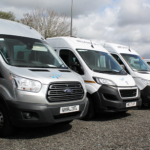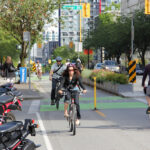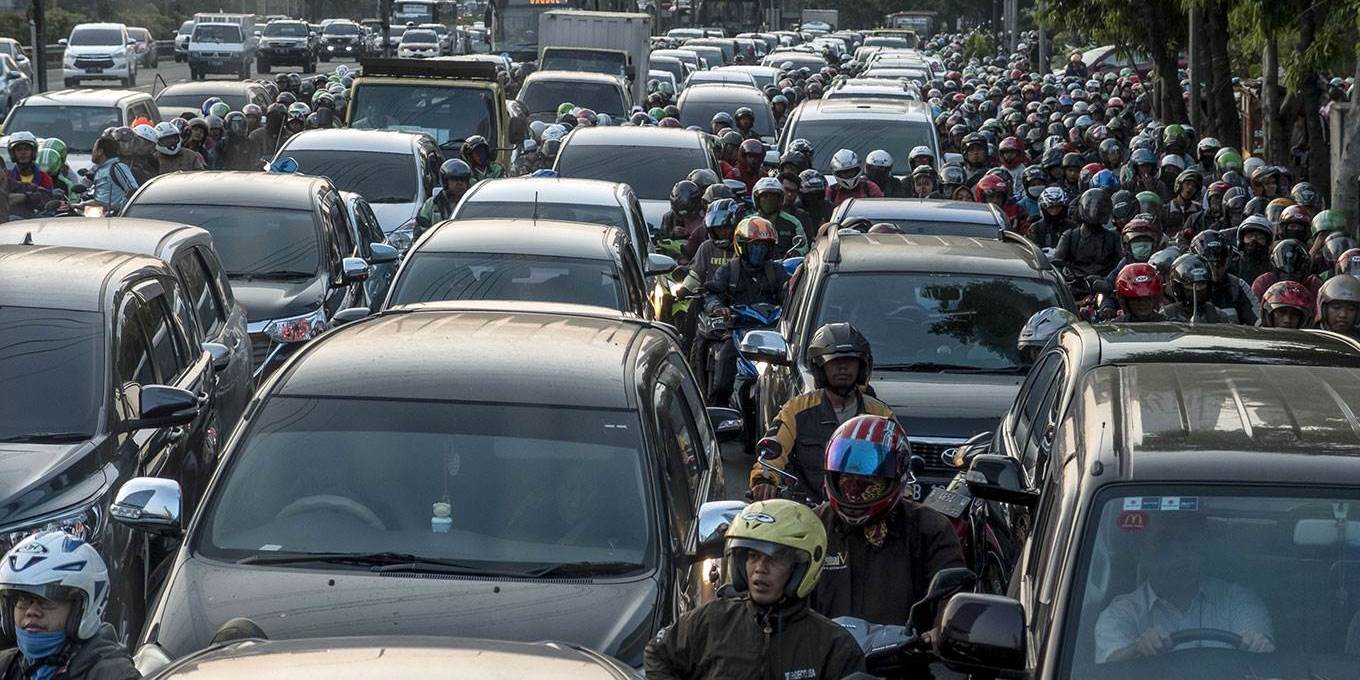Megacities around the world are grappling with a common challenge: managing the ever-increasing traffic on their roads. As these urban giants continue to expand, the need for effective traffic management strategies becomes more critical. This article delves into the innovative solutions being implemented to alleviate traffic congestion in some of the world’s largest cities.
Understanding the Challenge
The sheer volume of vehicles, coupled with limited road space, leads to chronic congestion in megacities. This not only causes delays but also contributes to air pollution and affects the overall quality of life. The challenge is to manage this traffic efficiently while accommodating the growing population and their mobility needs.
Integrated Transportation Systems
One of the most effective strategies is the development of integrated transportation systems. This involves the seamless connection of different modes of transport, such as buses, trains, and subways, allowing for smoother transitions and reducing the reliance on private vehicles. Tokyo and Singapore are notable examples where integrated transport has significantly eased traffic flow.
Adopting Intelligent Transportation Systems (ITS)
ITS use technology to improve traffic flow and safety. These systems include real-time traffic monitoring, adaptive traffic signals, and AI-driven traffic prediction and management. Cities like Seoul and London have successfully implemented ITS to optimize traffic patterns and reduce congestion.
Encouraging Public Transport Use
Efforts to make public transport more attractive are crucial. This includes ensuring reliability, comfort, and affordability. Cities like Berlin and Hong Kong have invested in high-quality public transport networks, which have become the preferred mode of travel for many residents, subsequently reducing traffic on roads.
Implementing Congestion Pricing
Congestion pricing, where drivers are charged for entering certain areas during peak hours, has been effective in cities like Stockholm and London. This approach not only reduces congestion but also encourages the use of public transport and raises funds for transportation improvements.
Promoting Non-Motorized Transport
Encouraging walking and cycling is another strategy. Creating safe and convenient pedestrian and bike paths can significantly reduce the number of short-distance vehicle trips. Copenhagen’s extensive bike lane network is an excellent example of this approach.
Urban Planning and Development
Effective urban planning plays a pivotal role in traffic management. Designing cities with mixed-use developments where people live close to their workplaces and amenities can reduce the need for long commutes.
Case Studies: Learning from Successes
Cities can learn from each other’s successes. For instance, Amsterdam’s focus on cycling infrastructure, or Bogotá’s Bus Rapid Transit (BRT) system, TransMilenio, which has become a model for efficient and affordable public transport in a sprawling city.
Conclusion
Effective traffic management in megacities requires a multifaceted approach. By integrating technology, encouraging public transport use, and thoughtful urban planning, cities can tackle the challenges of traffic congestion. The goal is not just smoother traffic flow, but also creating more livable, sustainable, and efficient urban environments.










